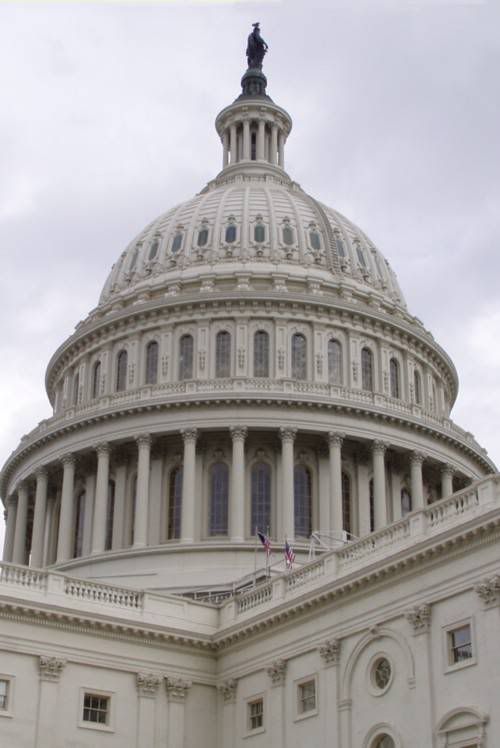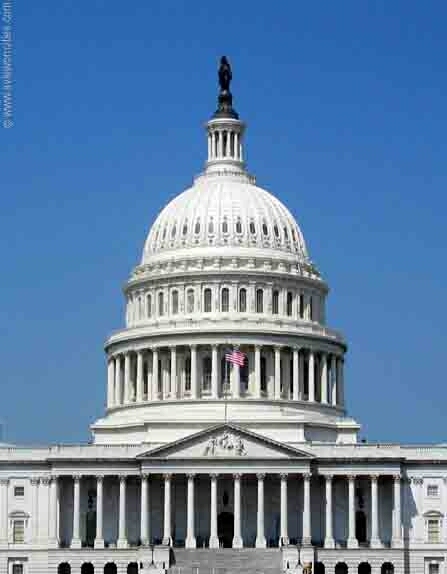Tuesday, February 21, 2006
Problems with the Diebold TSx
- Blended system requires poll worker training on two systems, produces confusion, long lines, two separate procedures for transmitting votes to central tabulators. Diebold sold its system deceptively. The company is aware that the blended system is not practical for counties to implement. Diebold’s strategy is to push counties to opt for a far more costly full TSx system.1
- Optical Scan costs counties 30-40% less per year. Justin Moore, of Duke University Computer Science Department found that counties using touch screen machines required 20% more poll workers,2 and about 10% more precincts. Do a cost-comparison using the facts and formulas developed by the North Carolina Coalition for Verified Voting. 3
- The Diebold TSx failed certification performance tests in California even though federally qualified by the Independent Testing Authority. The best predictor of how these machines will perform in real life is the volume test of Diebold paper trail touchscreens in California last July. These machines had an overall failure rate of 30%, and a 1.37% loss of the paper ballots. Diebold's erratic performance over the years gives us reason to expect repeats of these problems or new ones created by Diebold's attempts to repair the known bugs.4
- DRE failures have forced elections to be redone in North Carolina, Ohio and Mississippi at considerable expense. A court in Montgomery County Ohio ordered a re-vote when Diebold electronic voting machines reported more votes than registered voters in a special election to approve a levy for fire/ emergency medical services last November.5
- DRE machine jamming has caused major delays in Election Day voting in California and Florida. When something goes wrong, the consequences are extreme on the DRE but relatively contained on the AutoMark since it is only an assistive device and should it break down, voters, including the handicapped, can still vote by using its paper ballots. Because DRE systems are more vulnerable to problems, you must train your election workers to a higher operating standard.6
- “The AutoMark is preferred by disabled voters, particularly the visually and physically impaired. It utilizes a ballot marker that enables the disabled to vote without assistance and in private. It has a sip/puff tube for voters unable to use a touch screen and an audio function for blind voters. It is equally efficient for non-disabled voters. Nebraska, North and South Dakota and Minnesota have selected the AutoMark as their voting machine of choice, as well as counties in Wyoming, California, Oklahoma, West Virginia and Florida. The AutoMark is fully compliant with the requirements of the Help America Vote Act (HAVA) and purchase of it is being made with HAVA funding.” 7 6a
- “The federal government says that states with verifiable paper trails must allow blind voters to verify their paper ballots. DRE systems cannot meet this mandate. They only allow the blind voter to verify the electronic record of his vote. Tests in California of the DRE system revealed cases where the paper and electronic records did not match. Thus it is more likely that DREs producing paper tape ballots will be challenged in court.”8
- “There is no statistically significant method to do your Logic-and-Accuracy test on a DRE voting system, but there are statistically significant ways to test an optical-scan voting system. Therefore elections using DREs are much more open to challenges for machine inaccuracy.”9
- “The sequence of ballots on DRE paper tape can be matched with the sequence of citizens registering to vote, which unless protected by close and costly security at the polling place and thereafter, can destroy the secrecy of the ballot and lead to “vote selling.” This is not a problem with the AutoMark whose ballots can be easily shuffled so that vote order is eliminated.”10
- Diebold refuses to reveal computer source code because it argues that code is proprietary information, even when it is required by law (North Carolina). Memory cards on Diebold op-scan systems were found to contain prohibited interpreted code that makes Diebold voting systems easy to hack as demonstrated by a test in Leon County Florida. Pima County op-scans operate with the same 1.94w memory cards as those in Leon County.11
- Glenn Newkirk, President of InfoSENTRY warned against touchscreen voting machines with a paper trail printer: Wake County NC BOE Consultant - Mr. Newkirk - signed this letter to Congress: The CPR (touchscreen voter verified paper trail) is an experimental concept that has not yet proven either workable or effective in improving election integrity. In the few that have even experimented with implementing this device, he CPR has caused serious problems due to printer jams, voter confusion and other operational difficulties.”12
- Recovery is simpler with optical scan: If an op scan jams, you still have the ballot to count either by machine or by hand. One option is also to duplicate crumpled/torn ballots (with a good chain of custody and careful recordkeeping) so they can be machine counted. Plus if the op scan fails or jams you know exactly how many ballots are at issue and usually recover the votes. If the toilet-paper printer on the touch screen machine fails or jams there is little hope of recovery.13
- SoS office misled Election Integrity Coalition members by implying that they certified AutoMark for the entire state. The 3-member committee did not tell Coalition groups that certification applied only to ES&S counties, Graham and Cochise. They maintain that Diebold will sue for patent infringment if the AutoMark marks Diebold ballots. Illinois certified the AutoMark as a stand-alone ballot marking system can be used with Diebold optical scan machine January 9, 2006.1413a
- The Diebold TSx touch-screens are not HAVA 2002 or 2006 compliant and therefore, the certification of the Diebold TSx is in question because the state incorrectly certified a system that the ITAs have not yet approved. Secondly, California sent the TSx back to the ITA for re-testing. This could result in the TSx losing its federal approval because of the use of interpreted code which is prohibited by FEC standards. 15
- Arizona Law (ARS 16-442 B) states: On completion of acquisition of machines or devices that comply with the help America vote act of 2002 (P.L. 107-252), machines or devices used at any election for federal, state or county offices may only be certified for use in this state and may only be used in this state if they comply with the help America vote act of 2002 and if those machines or devices have been tested and approved by a laboratory that is accredited pursuant to the help America vote act of 2002.14a
- Counties could face legal exposure from antidiscrimination lawsuits if they implement a separate system for disabled voters that is not properly certified, is not HAVA compliant, that has been shown to malfunction, report inaccurate vote totals, and destroy paper records.
1 “A Crazy Way to Run an Election,” by Susan Pynchon, Executive Director Florida Fair Elections Coalition 12 October 2005
2 “Touchscreen Voting Increases Election Costs in North Carolina” by Joyce North Carolina Coalition for Verified Voting 25, January 2006
3 http://www.ncvoter.net/
4 “Analysis of Volume Testing of the AccuVote TSx / AccuView”
By Matt Bishop, Loretta Guarino, David Jefferson, David Wagner
Voting Systems Technology Assessment Advisory Board California Secretary of State 11 October 2005 http://www.ss.ca.gov/elections/voting_systems/vstaab_volume_test_report.pdf
5 “Carlisle plans re-vote on fire/EMS levy” Middletown Journal 06 February 2006.
6 Memorandum sent to the 33 County Clerks in New Mexico by Robert Stearns of VerifiedVoting New Mexico and Paul Stokes of United Voters of New Mexico.
7 ibid New Mexico Memorandum
6a “System targets Disabled Voters” By Cindy Wojdyla Cain, Herald News (Joliet IL) 31 October 2005.
8 Memorandum sent to the 33 County Clerks in New Mexico by Robert Stearns of VerifiedVoting New Mexico and Paul Stokes of United Voters of New Mexico.
9 ibid
10 ibid
11 “As Elections Near, Officials Challenge Balloting Security In Controlled Test, Results Are Manipulated in Florida System” By Zachary Goldfarb Special to The Washington Post 22 January 2006; “Devastating hack proven - Leon County dumps Diebold” Black Box Voting Forum 13 December 2005.
12 http://www.electiontech.org/downloads/SAAFE-Prop%5B1%5D.pdf
13 “The Problem With The Touchscreen Paper Trail The risk of the touchscreen paper trail failure” 4 February, 2006 NC Voter http://triadblogs.com/NCVoter/
14 Status of Certification process
13a Minutes Illinois State Board of Election Meeting January 9, 2006
15 “…[certification] irregularities that invalidate the state certification of the Diebold system.”
Thomas W. Ryan PhD. Arizona Citizens for Fair Elections http://www.azfairelections.org
14aibid Ryan
---------------oOo---------------




